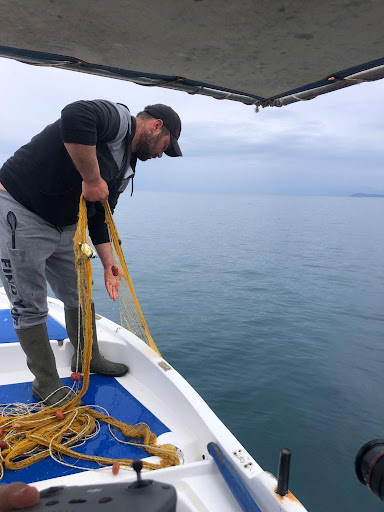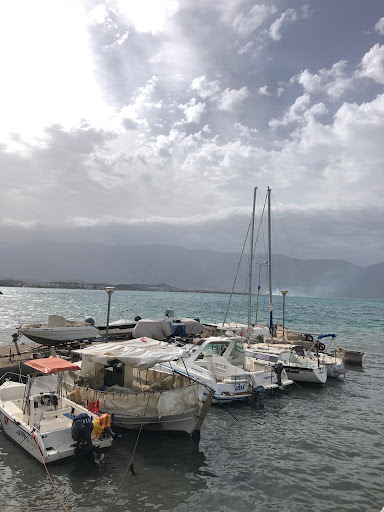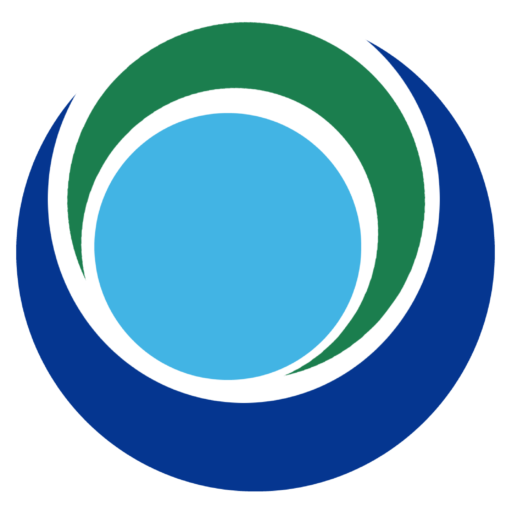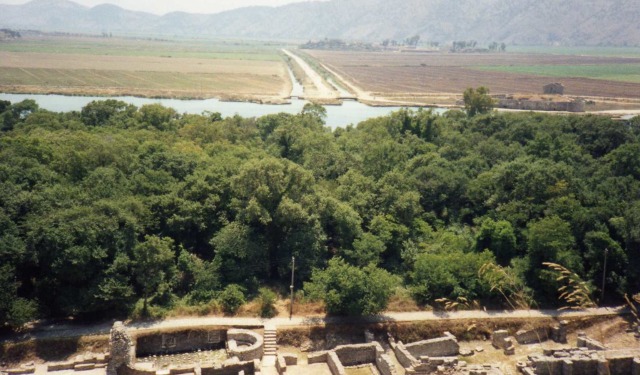Fishing and Marine Procted Areas: benefit relationship in Albania – The analysis of fishing activities in the maritime space of the “Butrint” National Marine Park was carried out within the InterregMED FISHMPABLUE2plus project, as an important first step for improving knowledge on the sector and starting the process of cooperation between the managers of the “Butrint” National Park and artisanal fishermen operating in this area.
What is artisanal commercial fishing?
Definitions vary between countries in the global context. In particular should be noted that there is no precise definition of commercial artisanal fishing along the Mediterranean. The GFCM (General Fisheries Commission for the Mediterranean) has characterized the different types of fishing in the fleet segments as defined by Recommendation GFCM/41/2017/6. According to the Albanian Law on Fisheries “Artisanal commercial fishing” is commercial fishing that is not professional commercial fishing. Commercial artisanal fishing is generally characterized by a large number of low-tonnage boats (between 1 and 4 tons), which are highly diversified and use low-impact fishing gear to target a wide variety of species (SoMFi, 2018) . Artisanal fishermen exploit areas that are usually close to the coast where they live and house their boats. This type of fishing usually requires low capital investment, in contrast to industrial fishing, but they are an important source of income and make an important contribution to food security, especially in coastal communities. (FAO, 2016).
Another accepted definition of Commercial Artisanal Fishing is “professional fishing with boats up to 12 meters in length, conducted only with passive gear”.
In Albania (FAO, 2019) the definition of Artisanal Commercial Fishing can include a number of types of vessels, ranging from those less than 5 meters in length with a crew of only one or two people, which rely on oars for propulsion and operate close to shore. To those up to 12 meters in length and with engines up to 75 horsepower, which are allowed to fish up to 12 miles offshore.

Artisanal commercial fishing in Saranda
The activity of commercial artisanal fishing in Saranda started as an activity after the 1950s and reached the peak of the amount of production in the years 1980-1990. The data obtained by INSTAT for the five-year period 2016-2020 shows the increase in fish production from 86-tons in 2016 to 103-tons in 2019-2020, this as a result of the increase of commercial fishing boats in Saranda district.
Characteristics of fishing boats
Commercial artisanal fishing in the area of Saranda is carried out with fishing nets, with 26-42mm mesh and the engines power varies from 15-90hp. The fishing area is limited due to the distance to the border area of Corfu. The minimum fishing depth starts from 20 meters to 60m.

The role of artisanal fishing in the Marine Protected Area of “Butrint” National Marine Park
Artisanal fishermen in Albania have established a fishing management organisation that has a board of directors and all members are equal under the rules established by them. Fishing represents a large part of the income in these areas, and the government has decided that they can carrying out fishing activities in protected areas such as the Butrint National Marine Park, according to the legislation established for fishing, measured by daily quotas for each fisherman. These organisations has established a certain number of fishers and that can not be increased to don’t affect the biodiversity of the MPA.
Among the objectives of the organisation is the protection of the MPA from illegal fishing, but also the promotion of tourism, restaurants and local consume of fish. The organisations cooperate with other environmental organisations to bring ashore the pollution they can catch during fishing operations. The main protection action is based on the strict rules for the size of the meshes of the allowed fishing nets, taking into account the size of the fish, giving them the possibility to reproduce at least once in their life.
Fishing and Marine Procted Areas: benefit relationship in Albania








